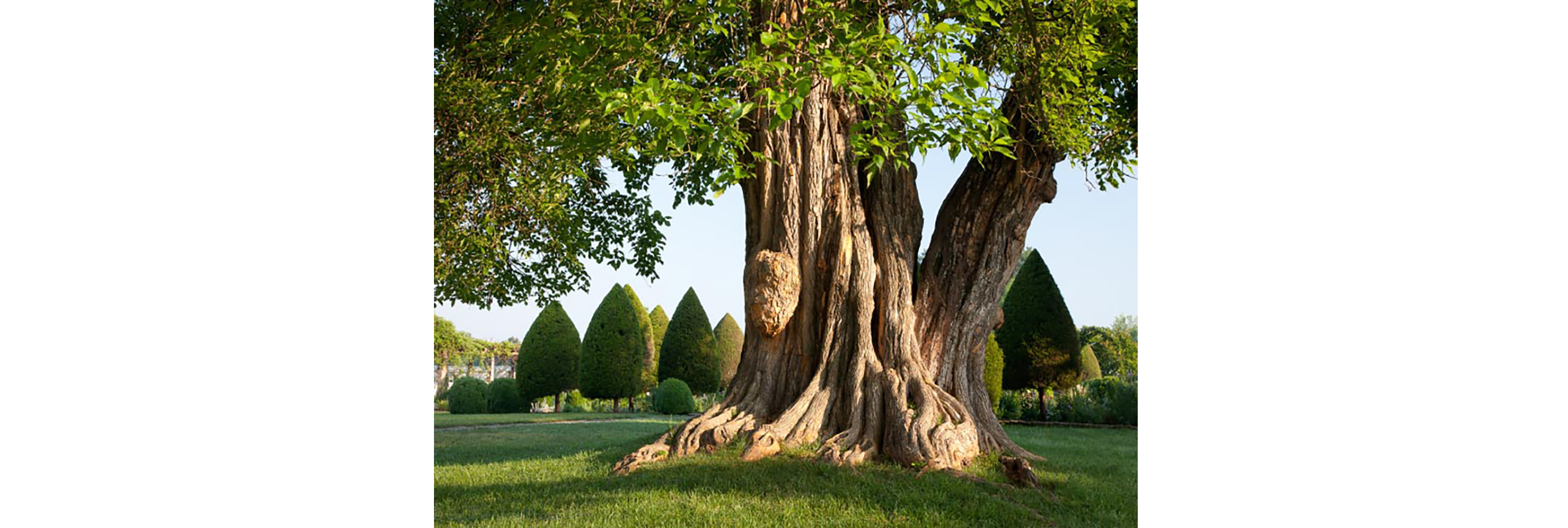Craig Ave. - Site #2

Craig Ave.
The section of Craig Ave. that extends from Amboy Rd. into the park was constructed in 1923 to connect to a proposed ferry from Ward’s Point to South Amboy, NJ. The contractor was Cornelius Vanderbilt 3d of West New Brighton, a distant relative of Commodore Vanderbilt. The Visitor Center originally had a Craig Ave. address.
Facing the water, Site #2 marks the location near one of the first houses built in the Richmond Shores development, known as 10 Surf Ave. (This section of Craig Ave. was renamed Surf Ave.) Also of great interest is the grove of Osage orange trees, most likely planted by the landscape architect, Frederick L. Olmsted, Jr. Olmsted was the son of Frederick Law Olmsted, the landscape architect best known for designing the grounds of Central Park, the U.S. Capitol in Washington, D.C., the Biltmore Estate in North Carolina, and the 1893 World's Columbian Exposition in Chicago.
The Osage orange trees, prehistoric survivors, are distinguished by their orange-brown and deeply furrowed bark, with bright orange inner bark and roots. The trees are valued for the durability of its wood. In earlier times, they were planted as thorny livestock barriers. The tree's softball-sized, bumpy fruit is inedible. The Osage orange trees can be found elsewhere on Staten Island, including the Olmsted-Beil House Park in Eltingville, the former ornamental farm and experimental nursery of Frederick Law Olmsted.
Photograph by Robert M. Clutsam; Battle of Franklin Osage Orange of Carnton Plantation (Nashville, TN)